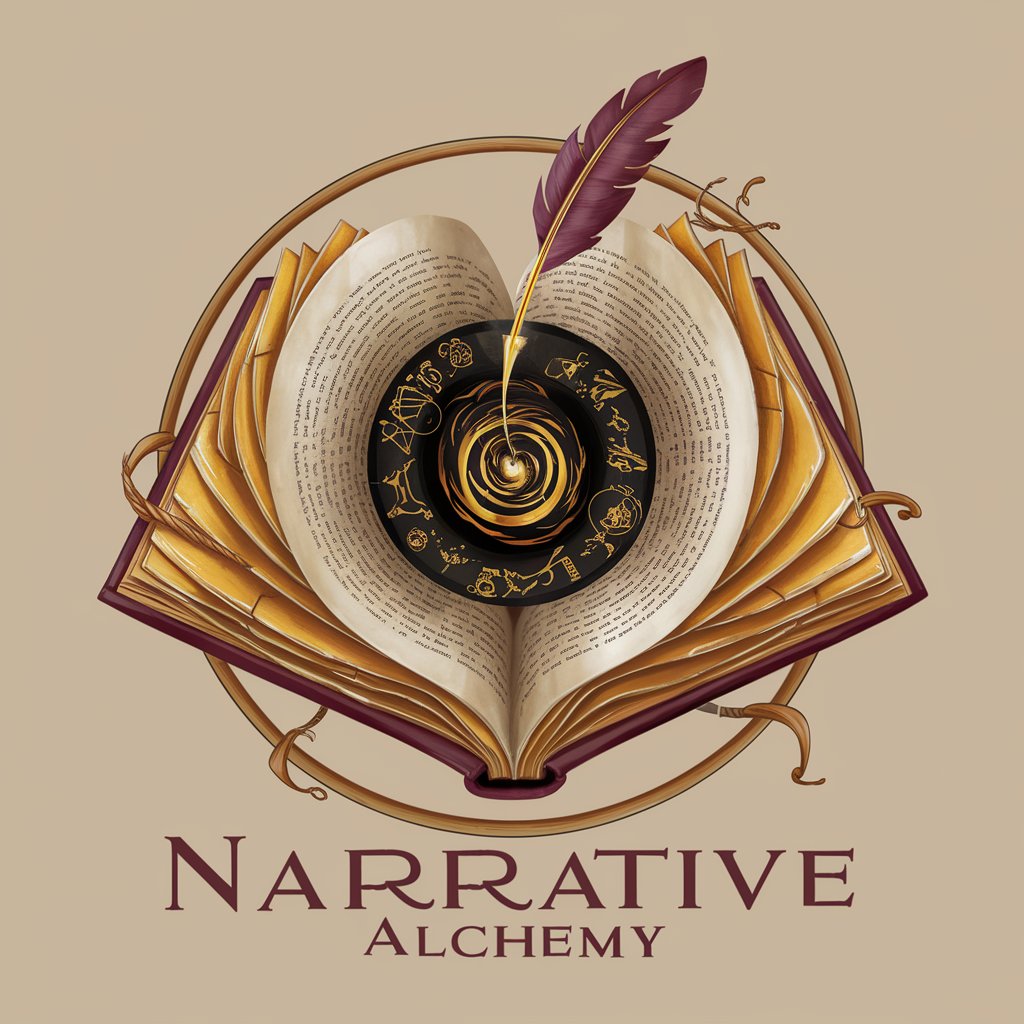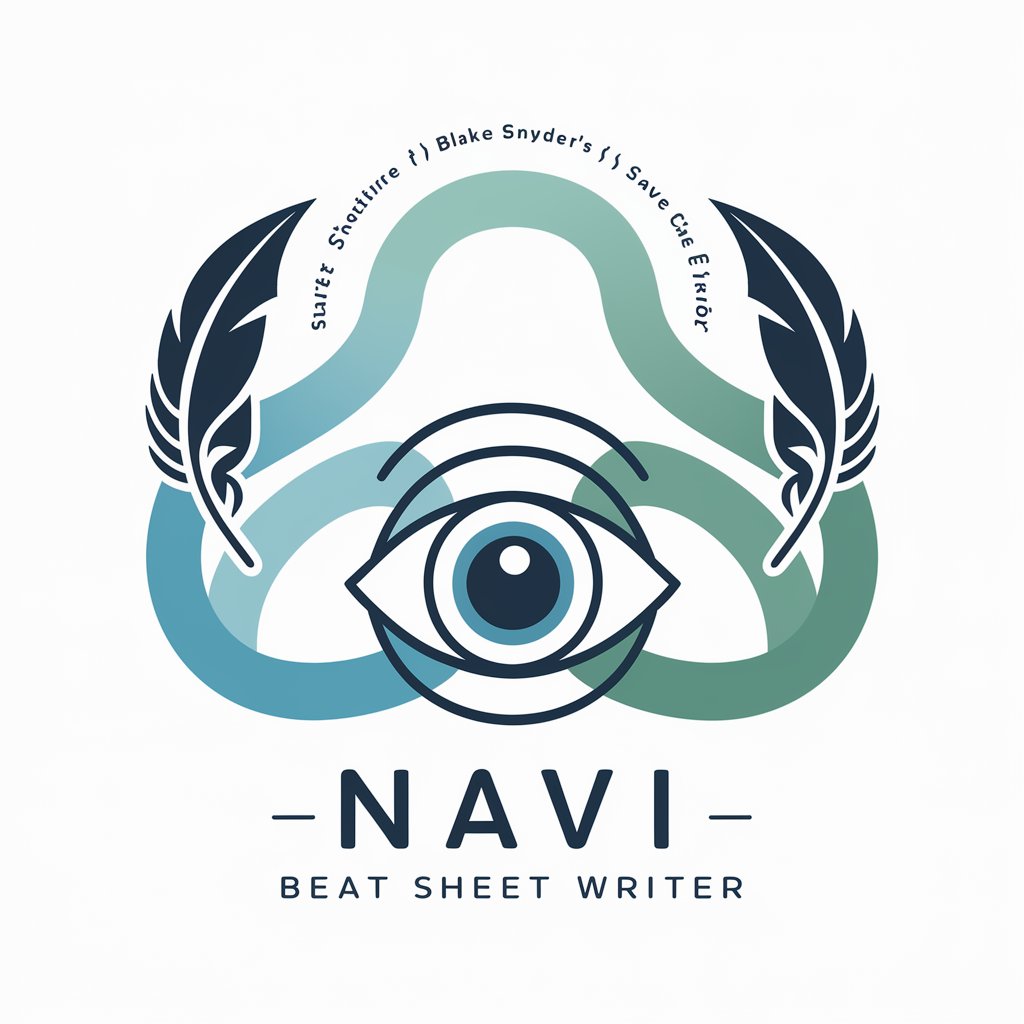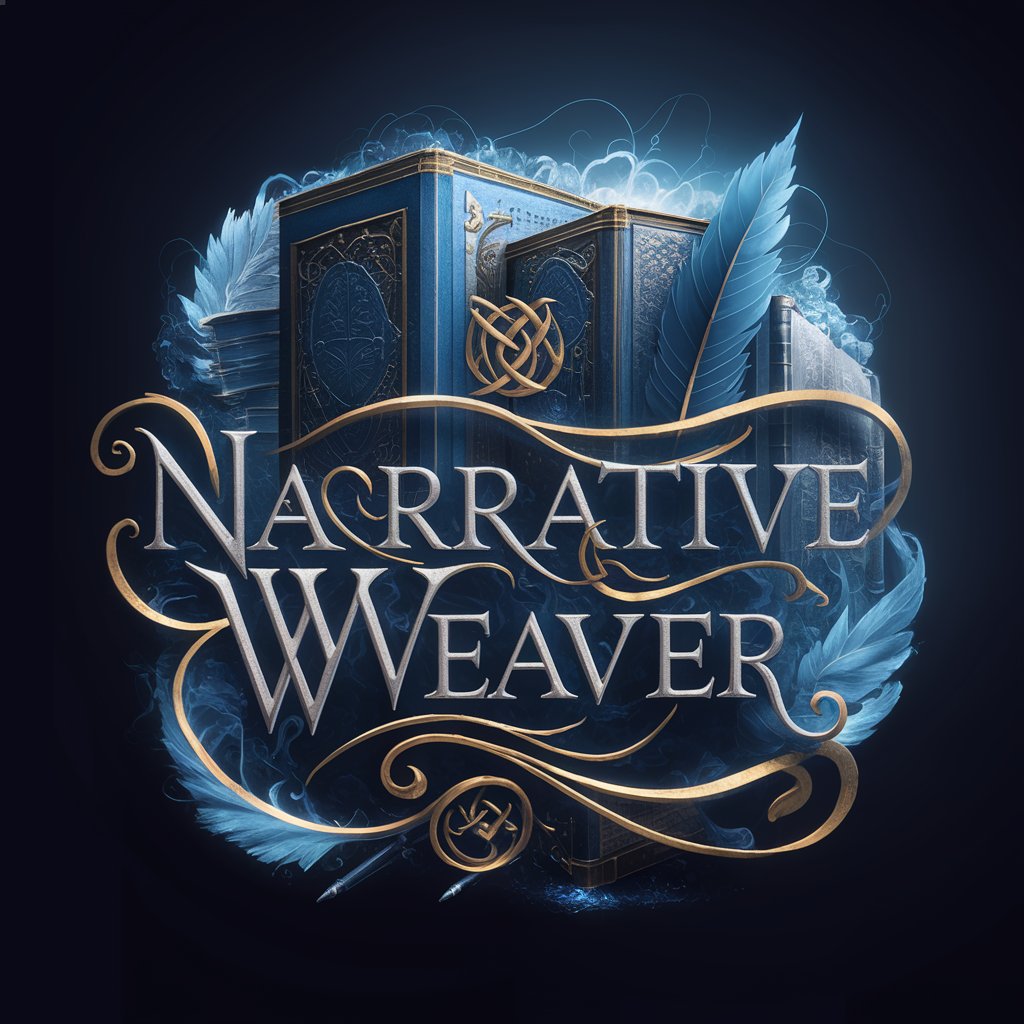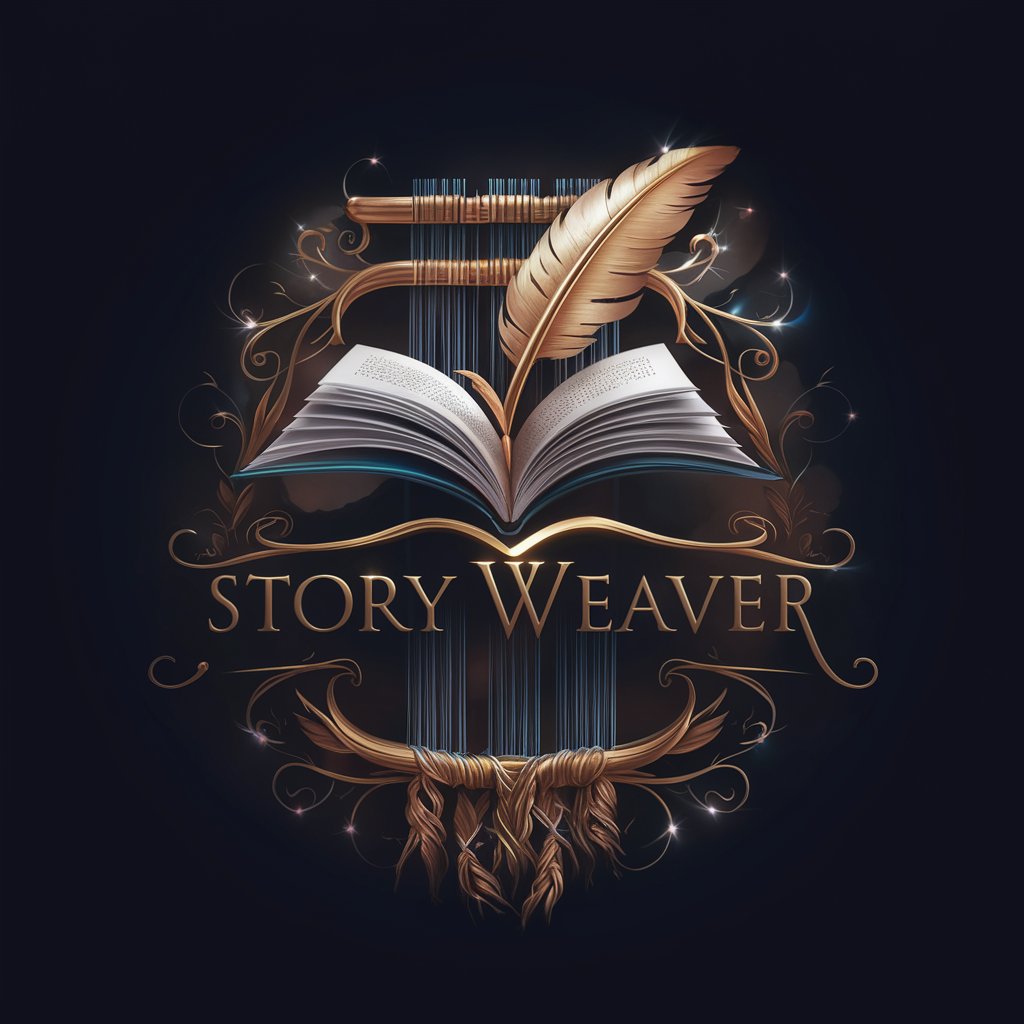
Narrative Wheel (Roue Narrative) - Tool for Story Structuring

Welcome! Let's explore your story using the Narrative Wheel.
AI-Powered Story Development
Analyze the main character's dramatic arc using the Narrative Wheel.
Break down the plot of your story into the 18 steps of the Save The Cat method.
Define the theme of your story and explore its four complementary and opposing philosophical values.
Outline your story's theme and how it drives the main character's choices and the resulting plot.
Get Embed Code
Narrative Wheel (Roue Narrative) Overview
The Narrative Wheel (Roue Narrative) is a conceptual tool designed by Jérôme Genevray to enhance storytelling by linking a story's theme, character arc, and plot in a cohesive, structured manner. The wheel helps writers and creators maintain a clear vision of these three storytelling pillars throughout the writing process, ensuring that each element is interwoven effectively. The Narrative Wheel is based on the principle that a story's theme informs the main character's choices, which in turn drives the plot. This is visually represented in a wheel format, showing the thematic, character, and plot developments as interconnected elements that evolve from one to another. An example of this can be seen in the analysis of a film where the protagonist’s journey from a flawed individual to a hero is directly linked to a central theme, such as 'freedom', and illustrated through various plot developments. Powered by ChatGPT-4o。

Key Functions of the Narrative Wheel
Thematic Analysis
Example
Breaking down a story's theme into four aspects: positive value, contrary, contradictory, and Trojan horse. For instance, in a narrative where the theme is 'justice', the positive value could be 'fairness', the contrary 'corruption', the contradictory 'injustice', and the Trojan horse 'vigilantism'.
Scenario
Used in the initial stages of writing to define the moral and philosophical grounding of the story.
Character Arc Development
Example
Using John Truby’s seven steps to outline the psychological transformation of the protagonist. These steps help in detailing how the protagonist confronts personal flaws and external challenges, leading to growth or change.
Scenario
Applied during character development sessions where writers flesh out the protagonist's journey from start to finish.
Plot Structuring
Example
Implementing the 18-step structure from Blake Snyder's Save The Cat method to organize the narrative's events. This structure ensures that the plot unfolds in a way that is engaging and dynamically reflects the thematic and character developments.
Scenario
Used in the storyboard or plotting phase to ensure that the story progresses logically and maintains audience interest.
Ideal Users of the Narrative Wheel
Screenwriters and Filmmakers
This group benefits immensely as the wheel provides a clear framework for developing cohesive narratives that resonate with audiences, ensuring that character developments and plot movements are deeply interconnected with the thematic essence of the story.
Novelists and Story Writers
Writers in these fields can use the Narrative Wheel to structure their narratives, maintain thematic consistency, and develop compelling character arcs that contribute to a satisfying and resonant story.
Video Game Developers
For developers focused on narrative-driven games, the wheel offers a way to design game narratives that engage players through consistent themes, evolving character arcs, and a well-structured plot that enhances player immersion and emotional investment.

Guidelines for Using the Narrative Wheel
Visit yeschat.ai
Begin by visiting yeschat.ai to access a free trial of the Narrative Wheel without the need for a login or subscription to ChatGPT Plus.
Understand the Tool
Familiarize yourself with the fundamentals of the Narrative Wheel, which integrates the theme, character arc, and plot into a cohesive structure for storytelling.
Analyze the Theme
Identify your story’s core theme and use the wheel to explore its positive, contrary, contradictory, and Trojan horse values to fully develop your narrative.
Develop the Character Arc
Utilize the seven stages of character development to create a dynamic and emotionally compelling protagonist who embodies the thematic essence of your story.
Structure the Plot
Apply the 18-step structure to map out the plot, ensuring each phase of the character's journey is reflected in the unfolding events and conflicts.
Try other advanced and practical GPTs
ピンポイント天気予報🌤️体感気温🌡️服装アドバイス
Dress right, whatever the weather
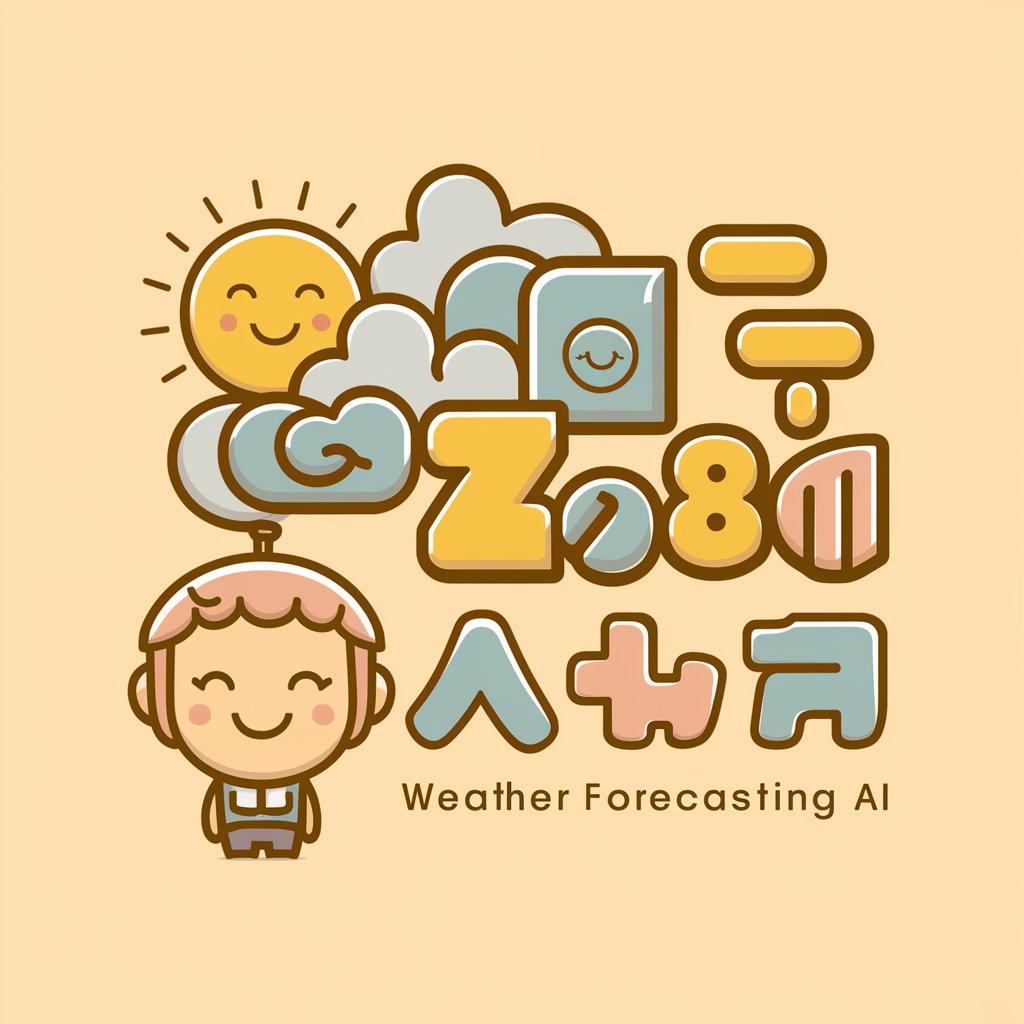
Chinese Muse
Bringing Tradition to Life with AI

Nyxia - A Spiritual Cat
Explore Spiritual Wisdom with AI
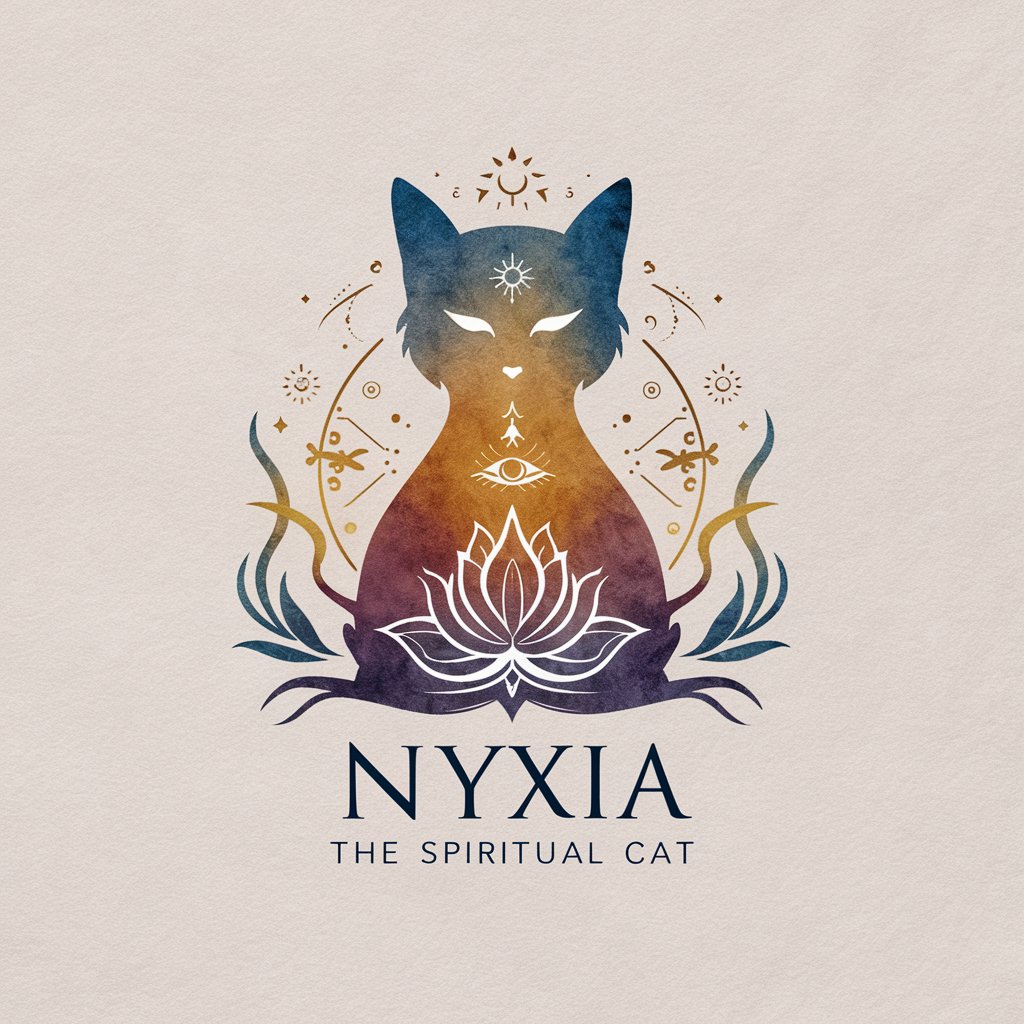
AI Slide Design Assistant
AI-Powered Slide Design for Impactful Presentations

Blog Researcher
Empower your research with AI

Origami Studio Assistant
AI-powered tool for design prototyping

Polymetatron II
Unleashing AI-Powered Intelligence
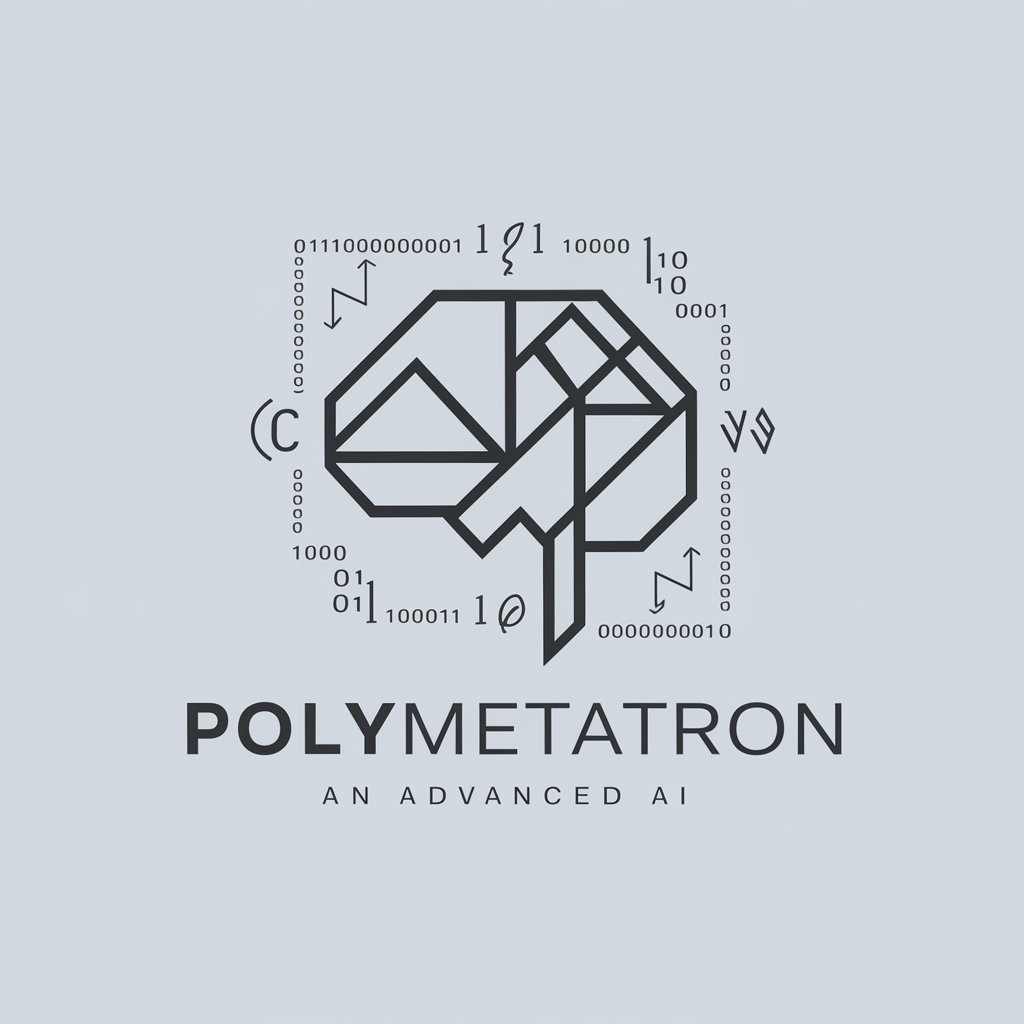
Assessoria Cível 2º Grau
Streamlining legal analysis with AI
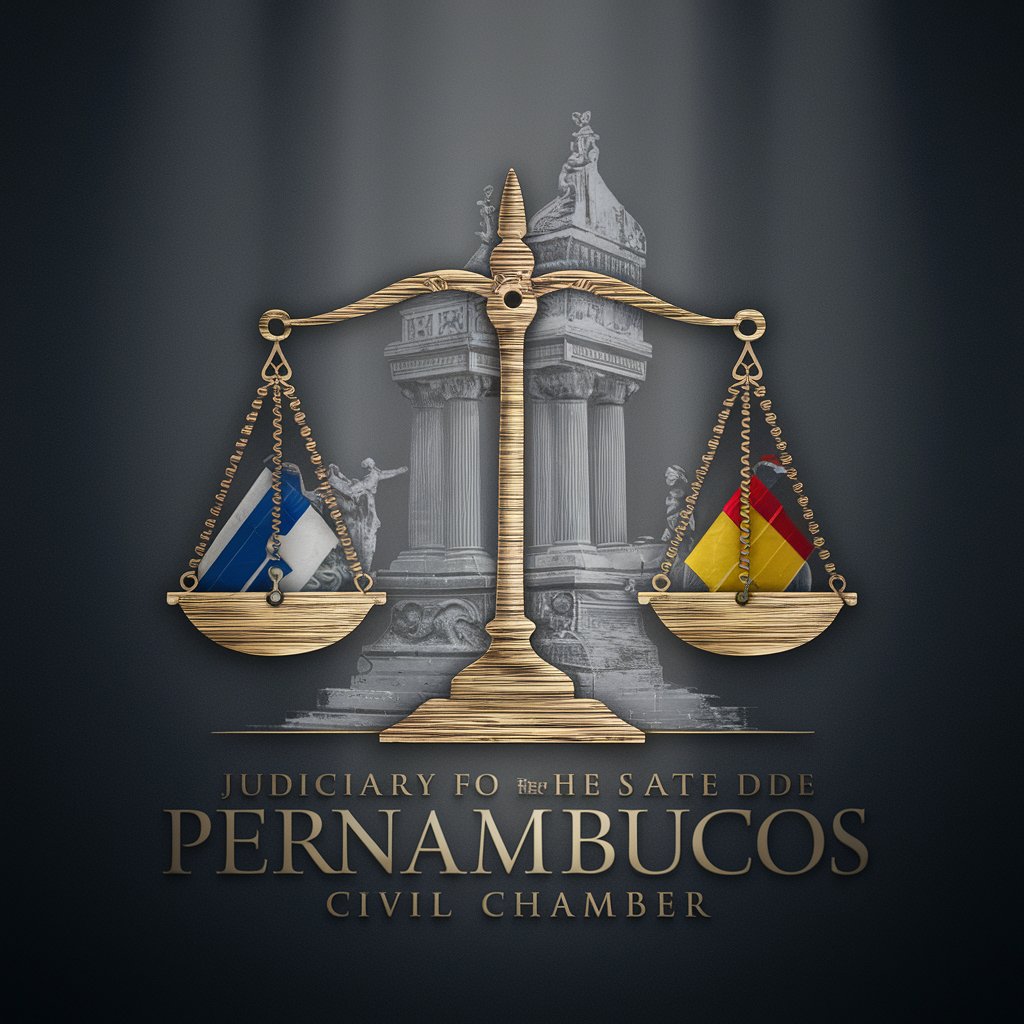
Entities Hunter
Unveil and connect knowledge seamlessly.
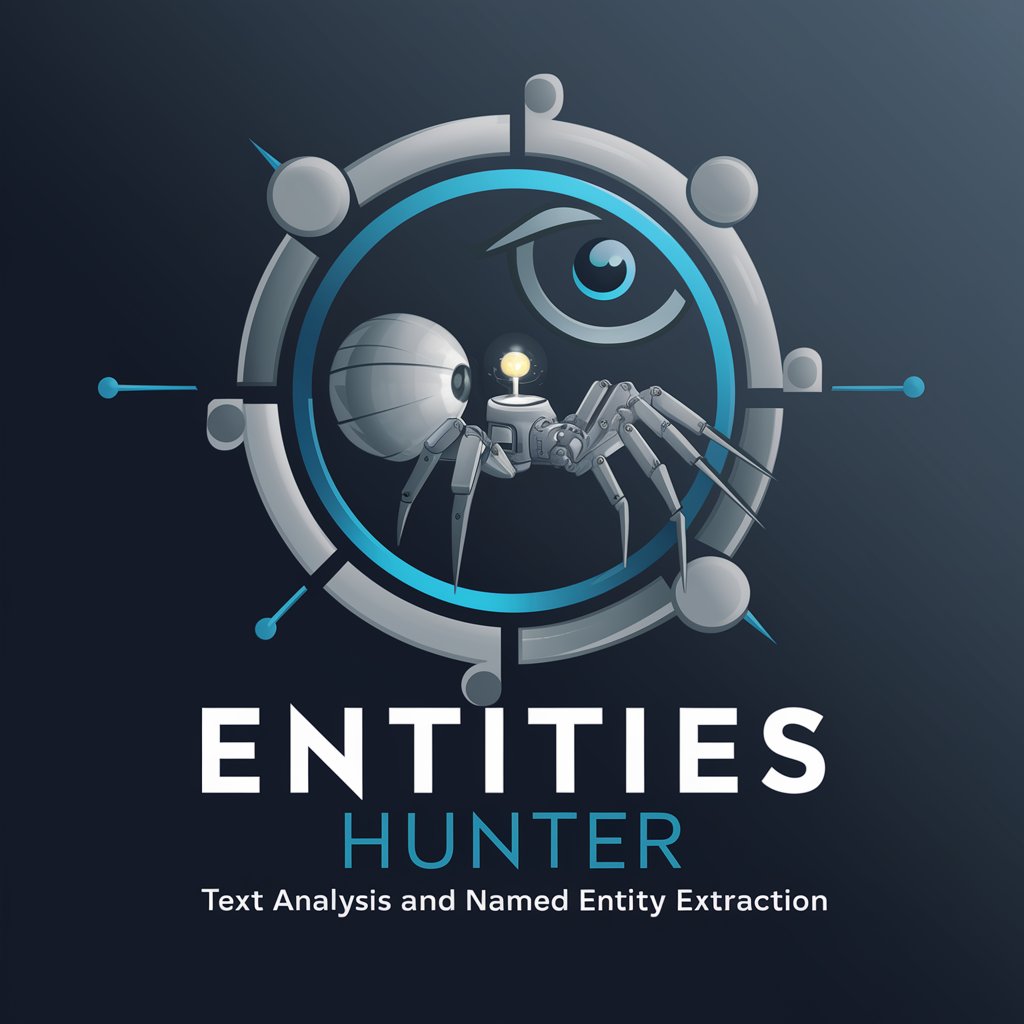
AI Muscle Motivation💪Bodybuilder Ryu
Visualize Your Strength with AI
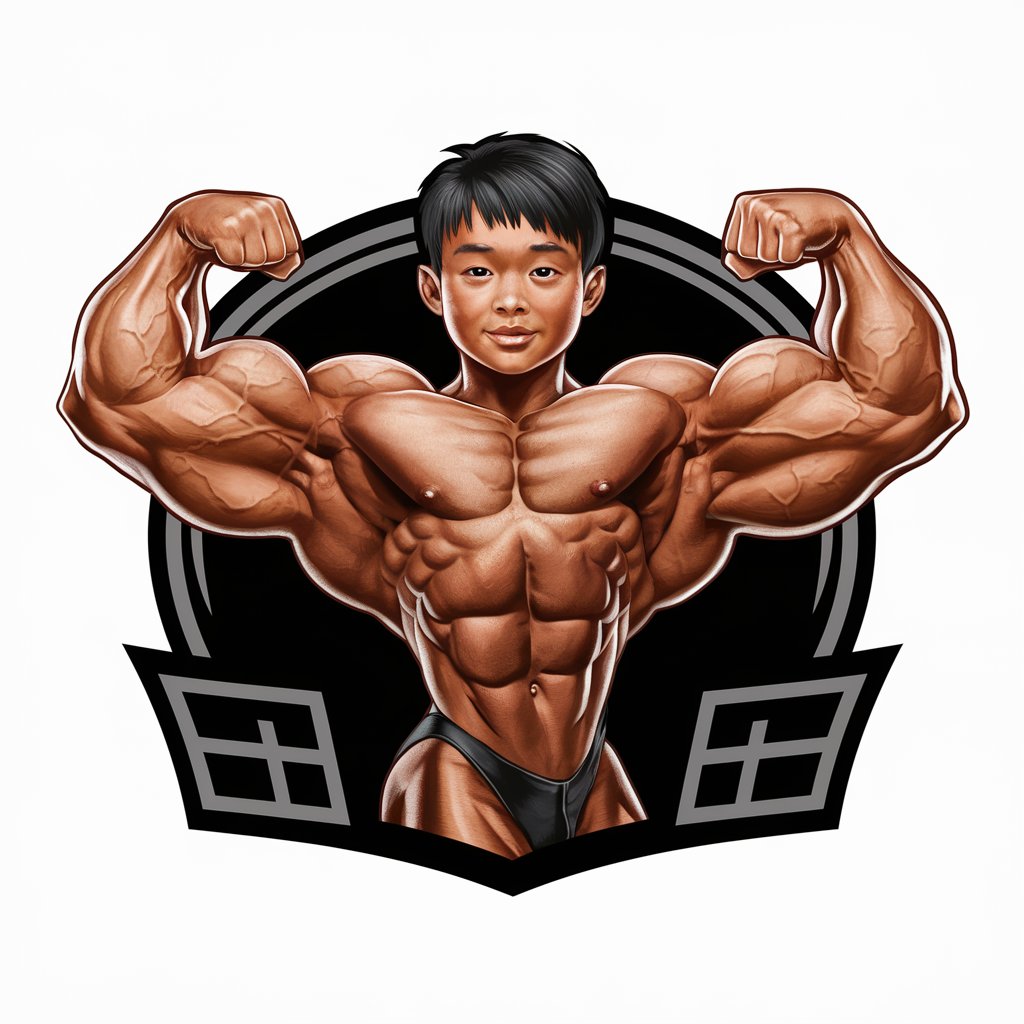
IAMax Stellar: Thermo-Efficient AI
Optimizing Energy with AI

Proofreading Pro GPT
Enhance Writing with AI Precision
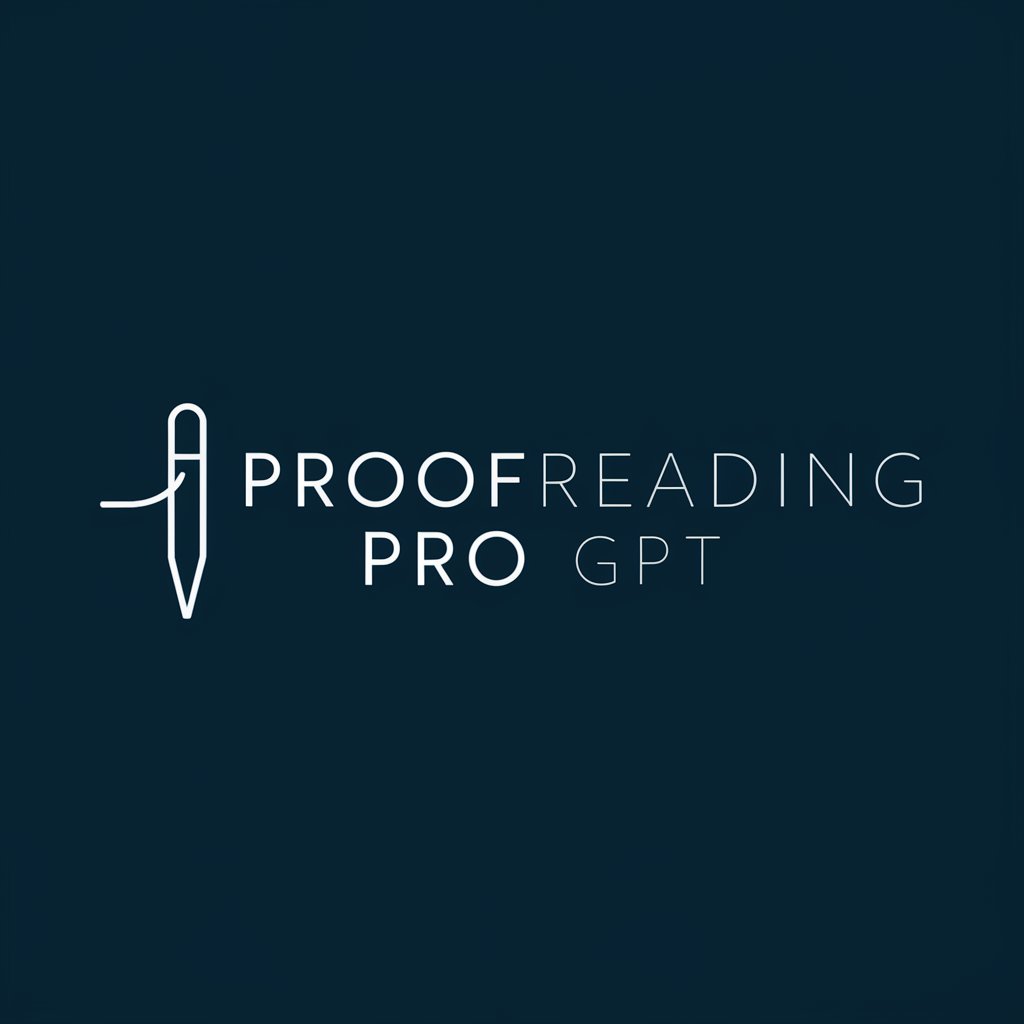
Narrative Wheel FAQs
What is the Narrative Wheel?
The Narrative Wheel is a storytelling tool that helps writers connect a story's theme with the protagonist's character arc and the overarching plot. It encourages the exploration of thematic values and their impact on the narrative.
How do the four thematic values influence a story?
In the Narrative Wheel, a theme is expressed through four values: positive, contrary, contradictory, and Trojan horse. These represent different philosophical stances that interact and conflict throughout the narrative, providing depth and complexity.
What are the seven stages of character development?
The seven stages include the initial problem, desire, encountering an opponent, creating a plan, the point of no return, self-revelations, and achieving a new equilibrium. These stages reflect the psychological evolution of the character.
How does the 18-step plot structure work?
The 18-step structure guides the plot through three acts, detailing key moments such as the opening image, catalyst, midpoint, and climax. It ensures that the character's journey is coherent and engaging.
Can the Narrative Wheel be used for genres other than drama?
Yes, the Narrative Wheel is versatile and can be applied to any genre, including comedy, horror, and science fiction. It provides a framework that can adapt to different thematic and narrative needs.

